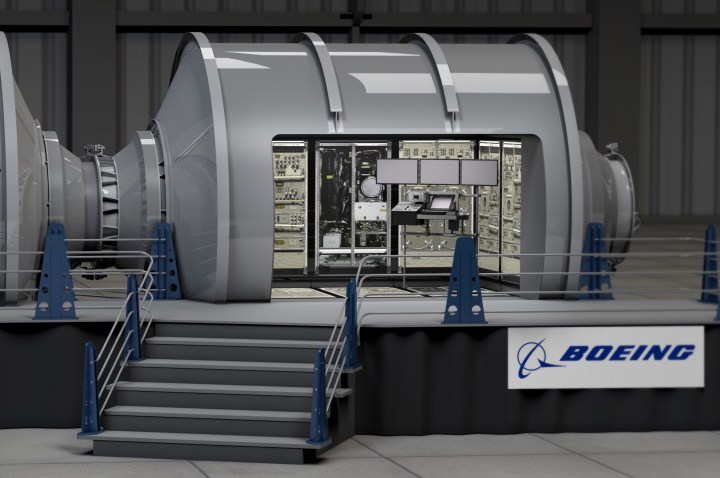
NASA says that the goal is to provide support for lengthier and more involved human space flight missions, which will lead to Mars missions. This will also advance commercial development of space while moving forward with deep space exploration capabilities. The result will be more extensive human space flight missions by the moon that will be the proving grounds for Mars.
“The NextSTEP partnerships are a large contribution to the dual objectives of advancing deep space habitation development and stimulating commercial activities in low-Earth orbit,” said Jason Crusan, Director of Advanced Exploration Systems at NASA Headquarters.
An appropriate deep space habitat requires a few key components, including docking capabilities, environmental control and life support systems, and radiation mitigation and monitoring processes. By building the proposed habitats on Earth first, NASA and its partners will have the opportunity to evaluate the configurations and observe how the systems interact with one another. Additionally, tests can be run to determine the viability of the prototypes.
Included in the six selected partners are major players like Boeing and Lockheed Martin, which are designing various modules for space exploration and habitation. Based on its findings and those of its partners, NASA will determine its “acquisition and deployment approach for the next phase of flight systems for deep space.”
The current estimated budget for this research and development stands around $65 million, and hopefully, it’ll lead to the development of a real-life space habitat.


